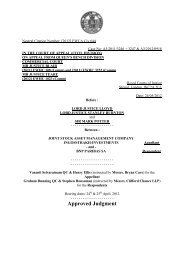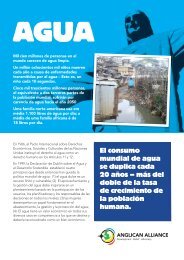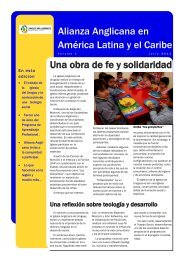TRUSTS OF LAND AND PROPRIETARY ESTOPPEL ... - Support
TRUSTS OF LAND AND PROPRIETARY ESTOPPEL ... - Support
TRUSTS OF LAND AND PROPRIETARY ESTOPPEL ... - Support
You also want an ePaper? Increase the reach of your titles
YUMPU automatically turns print PDFs into web optimized ePapers that Google loves.
<strong>TRUSTS</strong> <strong>OF</strong> <strong>L<strong>AND</strong></strong>1. In both life and death 1 disputes commonly arise regarding the beneficial interest inland. We are concerned here with a party claiming as against a sole proprietor abeneficial interest in land, or, in respect of co-ownership, disputes regarding theirrespective shares. In either case, the matter is resolved by reference to express orimplied (i.e. a constructive) trusts.The Express Trust2. Parties often record the beneficial interests in land in signed writing 2 pursuant toLaw Property Act 1925 s53(1)(b). Indeed, it is well settled that unless rescinded onthe grounds of fraud or mistake, or rectified, such written declarations of trust areconclusive as between the parties for all time, and the court will not consider parolevidence to contradict it 3 .3. It has been suggested however that a declaration of trust could be subject tovariation by subsequent agreement (perhaps even an informal agreement) orproprietary estoppel 4 .The Implied Trust4. In the absence of such a declaration, a common intention constructive trust willneed to be established.5. The law since Lloyds Bank plc v Rosset 5 has “moved on”, and the modernapproach of the Court is now governed by the opinion of Baroness Hale in Stackv Dowden.1 Contentious matters concerning co-ownership of land sometimes arise only on death. These are not dealtwith in this paper, but include: (1) whether a beneficial joint tenancy had been severed before death; (2)whether a severable half share should be ordered to retained by the deceased co-owner’s estate pursuant tos9 of the Inheritance (Provisions for Family and Dependants) Act 1975 or under s421A of the InsolvencyAct 1986; and (3) whether, upon the death of a tenant in common, the property ought to be sold.2 Commonly achieved by filling in the appropriate boxes on the TR1 form or by separate declaration oftrust.3 Pettitt v Pettitt [1970] AC 777; Gissing v Gissing [1971] AC 886; Goodman v Gallant [1986] Fam106; Huntingford v Hobbs [1993] 1 FLR 736; Stack v Dowden [2007] 2 AC 432.4 See Lewin on Trusts, 18 th Ed., Para 9-55; and Stack v Dowden at para [49]2


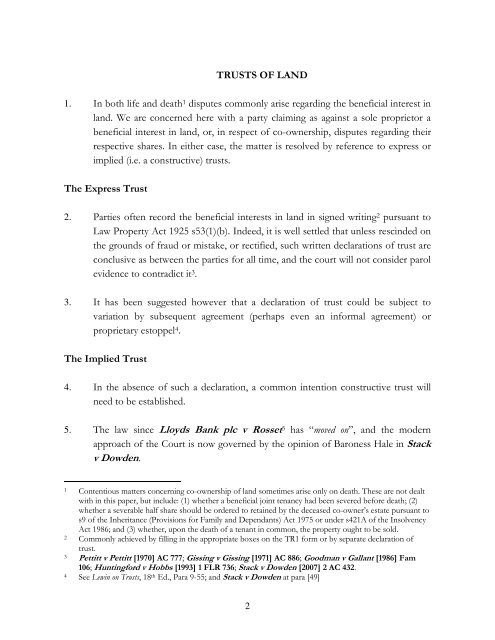
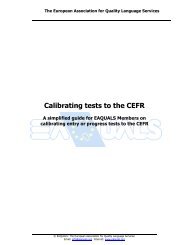
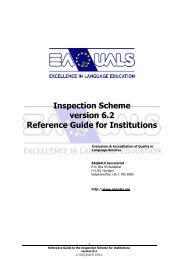
![[2012] UKUT 399 (TCC)](https://img.yumpu.com/51352289/1/184x260/2012-ukut-399-tcc.jpg?quality=85)

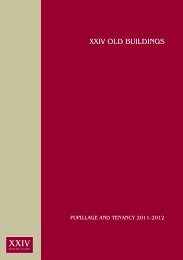


![Neutral Citation Number: [2009] EWHC 3198 (Ch) Case No: CH ...](https://img.yumpu.com/50120201/1/184x260/neutral-citation-number-2009-ewhc-3198-ch-case-no-ch-.jpg?quality=85)
